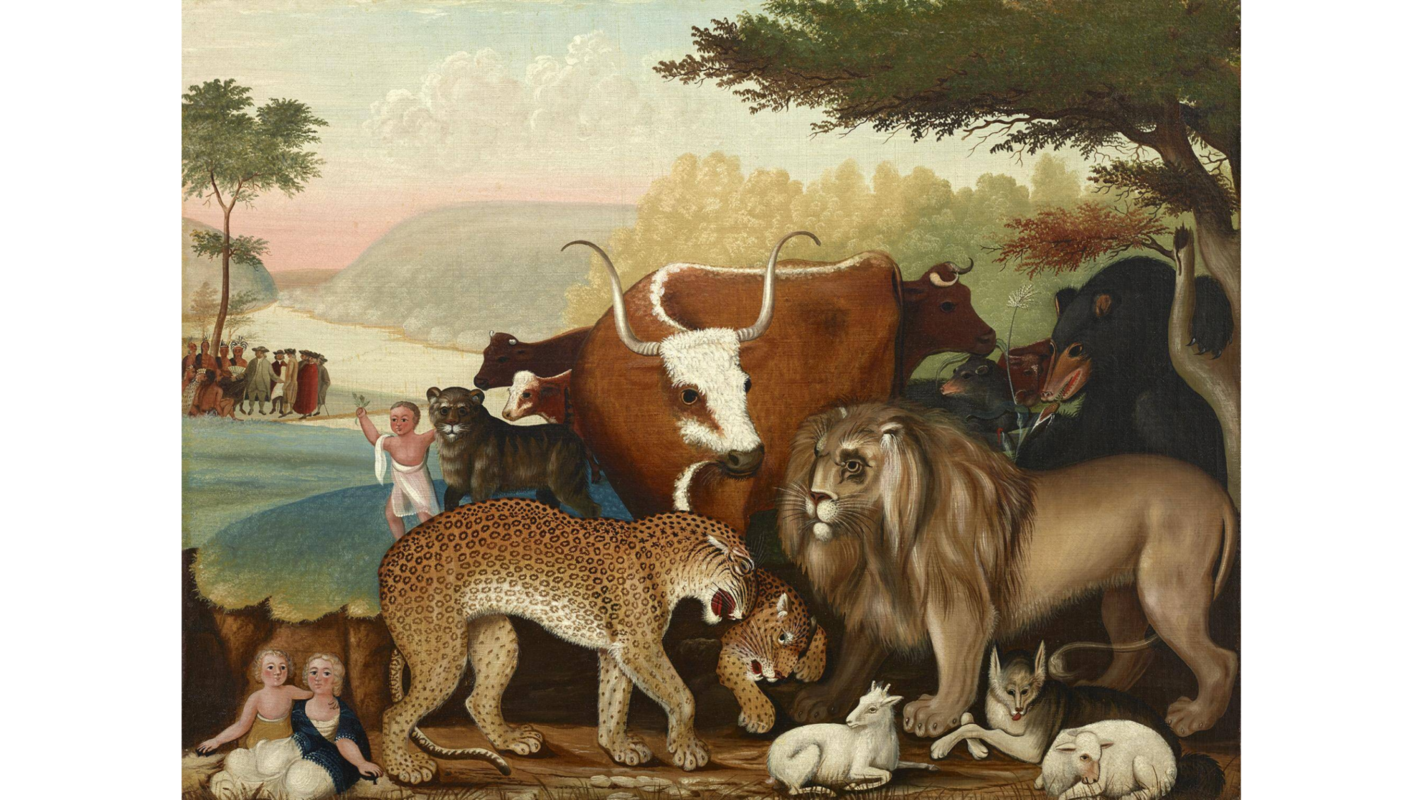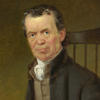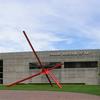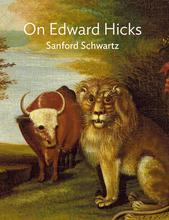More about The Peaceable Kingdom
- All
- Info
- Shop

Contributor
What was probably the most interesting thing about Edward Hicks was his over the top obsession with the Quaker story of The Peaceable Kingdom.
From the time he started painting until, literally, the time that he died in 1820, Hicks had painted over 100 copies of The Peaceable Kingdom. Throughout those 100 plus copies, Hicks made good and clever use of his subject matter to push his political agenda, aside from using them to support himself as a preacher.
Hicks was never one to hold back his opinions and he let loose in The Peaceable Kingdom. The focal point of the work is based off chapter 11 of the book of Isaiah, versus 6 through 8, in the Quaker Bible: “The wolf shall dwell with the lamb, the leopard shall lie down with the kid, the calf and the young lion fatling together; and a little child shall dwell with them." It all paints a very pretty picture of the Second Coming and Hicks knew that. He used it as the foreground of his works and then - whoops! What’s that behind the happy image of the second coming? It’s a vignette of William Penn signing a peace treaty for the great state of Pennsylvania from the NativeAmericans. Mr. Edward wasn’t exactly politically correct but he drew a lot of parallels between the historical event and the Bible story.
During the Great Schism of 1827 though, when the Quaker church couldn’t decide if they wanted to join the modern world or remain incredibly traditional, the dung began to hit the fan in The Peaceable Kingdom. The cuddly foreground animals started getting bigger and more imposing. Instead of getting cozy with each other and the humans, the carnivorous animals started to stare straight out at the viewers. Definitely something to make anybody squirm a little in their seats.
The vignette also changed and showed Quaker leaders going to shake hands with ghosts of former Quaker leaders. The peaceful kingdom and the background story also got steadily more divided by an abyss. Great Schism, much?
All of the animals that Hicks painted were supposed to represent human traits and politics, with the leopard’s face bearing a suspiciously close resemblance to Hicks himself. As they get bigger and angrier and scarier the Quaker tension was growing. By the time that Hicks was ready to call it quits, though, the animals had started to look old and tired. He was tired of all the fighting and so was his work.
Sources
- "Edward Hicks: The Peaceable Kingdom," Worcester Art Museum - Edward Hicks: The Peaceable Kingdom, , accessed February 27, 2017, http://www.worcesterart.org/collection/American/1934.65.html.
- Cotter, Holland. "Finding Endless Conflict Hidden in a Peaceable Kingdom." The New York Times. June 15, 2000. Accessed March 05, 2017. http://www.nytimes.com/2000/06/16/arts/art-review-finding-endless-confl….
- Holt, Frank. "The Kingdoms of Edward Hicks | The Folk Art Society of America." The Kingdoms of Edward Hicks | The Folk Art Society of America. Accessed April 02, 2017. http://folkart.org/mag/edward-hicks.
- "Edward Hicks - The Peaceable Kingdom," Edward Hicks - The Peaceable Kingdom, , accessed March 04, 2017, http://www.phillipscollection.org/research/american_art/artwork/Hicks-P….












